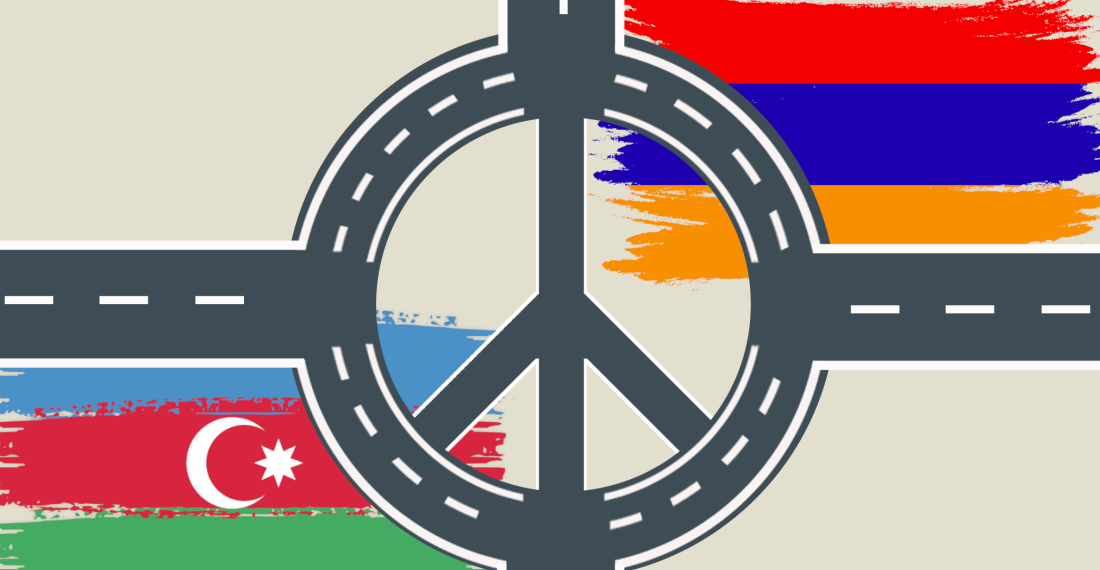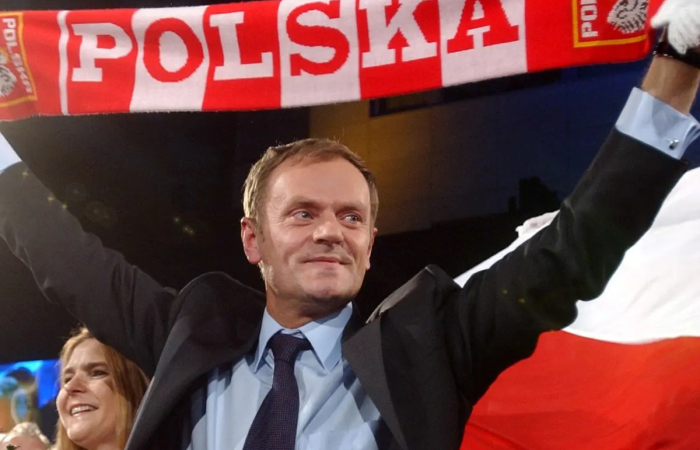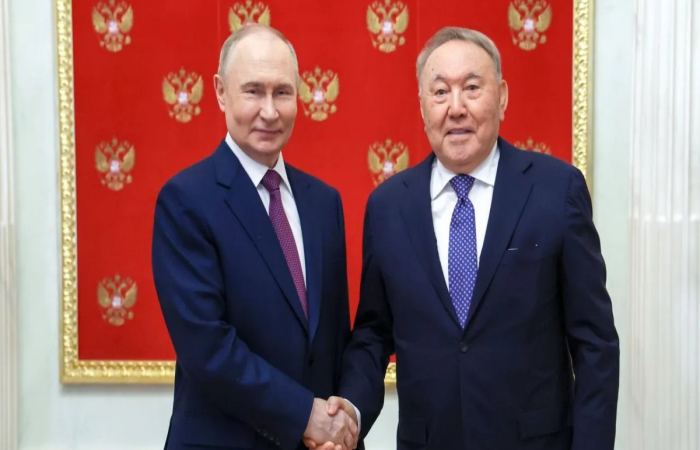In this piece for commonspace.eu, Yalchin Mammadov discusses whether the Lachin Corridor can exist without a "Zangezur Corridor", and vice-versa. He adds that although a major obstacle is the lack of clarity in the November 2020 Trilateral Statement, "the good thing about this situation is that it gives a reason and a topic to the parties to talk to each other. The future of connectivity in the region will largely depend on how constructively they take this opportunity."
The Lachin Corridor, one of the key aspects of decades of negotiations around the Karabakh conflict, obtained a more concrete form with the November 2020 Trilateral Statement. The latter, upon its signing, provided a perspective for a new road connecting Nakhchivan to mainland Azerbaijan across the southern Armenian province of Syunik, known as Zangezur in Azerbaijani.
The Lachin Corridor is a unique solution in the world as it connects a country (Armenia) to its kin community (Karabakh Armenians), located in the territory of neighboring country (Azerbaijan). As stipulated in the November 2020 Trilateral Statement, Russian peacemaking forces are deployed along the road to protect it.
In exchange for the solution that the Lachin Corridor offers, Azerbaijan demands from Armenia to honor its commitment stipulated in article 9 of the Trilateral Statement to open a Zangezur Corridor - although Armenia rejects the term "corridor" - to provide unobstructed movement of persons, vehicles and cargo in both directions.
Although the two corridors are not identical and have different features in terms of territoriality, it seems like the idea of having two corridors is based on the logic of reciprocity.
However, different declarations from the Armenian Prime Minister undermining the possibility of opening a Zangezur Corridor similar to the Lachin Corridor, portend a pessimistic scenario about its future. Furthermore, the lack of any practical work done in this direction by Armenian authorities only increases this pessimism.
The Trilateral Statement provides that all economic and transport connections in the region shall be unblocked
Then the question arises: can the existence of the Lachin Corridor in its current role come to an end if the Zangezur Corridor fails to be realized? Although Azerbaijani officials have confirmed their vision of reciprocity of the roads, definitively closing the Lachin Corridor has not been yet an issue. After all, the Trilateral Statement provides that all economic and transport connections in the region shall be unblocked.
Recent events around the Lachin Corridor and Azerbaijan’s demand to install checkpoints along the road demonstrate Baku’s concerns about a lack of effective control over it. The transportation of weapons and other military equipment to the zone of de-facto regime of Karabakh Armenians, exploitation of natural resources, and the infiltration of third-country nationals, are the concerns based on the experience of the last decades.
Yerevan's reluctance to open a Zangezur Corridor might also be related, among others, to the potential use of a part of its territory beyond its oversight. Yet, this is how the Lachin Corridor operates today. The main difference is that the Zangezur Corridor would connect two parts of Azerbaijan through Armenia, while the Lachin Corridor connects Armenia to Azerbaijan, through Azerbaijan.
In one of his recent interviews, former Armenian diplomat Gerard Libaridian refuted the equivalence of two roads, ascribing the Lachin Corridor greater importance. In his view, unlike Karabakh, Nakchivan has not had the same bloody history and is already connected to mainland Azerbaijan by different roads. Dr. Libaridian’s arguments seem to be in favor of keeping the Lachin Corridor open in case the Zangezur Corridor does not materialize.
Deteriorating Iran-Azerbaijan relations risk decades of Nakhchivan isolation
Nonetheless, it is well documented that Nakhchivan has been a theater of violent events and occupation, although certainly on a much smaller scale than in Karabakh, and its detachment from the mainland has been an aggravating factor for the life of the Autonomous Republic for more than 30 years.
Recent tensions between Iran and Azerbaijan raise serious questions about the future of Nakhchivan’s connection to the mainland through Iranian territory. Since the beginning of Covid-19 crisis, Azerbaijan temporarily closed all its land borders with all its neighbors and this restriction is still in effect, consequently Nakhchivan is only connected to the mainland by air.
Currently Baku is in control and can remove border restrictions at any time. But, if Iran were to impose restrictions on their side, this genuinely does risk Nakhchivan’s isolation lasting for decades, rather than years. In this case, the only road connecting mainland Azerbaijan to Nakhchivan will be approximately 600 km-long, crossing two foreign countries, namely Georgia and Turkiye. Still, the existing road between the two closest check points in Nakhchivan and mainland Azerbaijan through Iran is not significantly smaller, at approximately 500 km-long.
Baku’s preference would be to have alternative roads to avoid or anticipate a blockade, rather than to envision a solution before it is too late. If the Zangezur Corridor opens, the former railway connecting Nakhchivan to Zangilan (Western Azerbaijan) is restored, and Azerbaijan lifts its own border crossing restrictions, this could provide a boost for the economy of the Autonomous Republic.
The good thing about this situation is that it gives a topic and a reason for the parties to talk to each other
All of that implies that any future Zangezur Corridor has vital character for Azerbaijan and one can expect extreme intransigence from Azerbaijani authorities to push Armenia to open the Zangezur Corridor, where unhindered flow of traffic will be ensured. Azerbaijan’s insistence to have greater control over the Lachin Corridor would mean that a Zangezur Corridor that is under Yerevan’s control would be an option as long as Baku has an oversight over Lachin Corridor. President Aliyev’s statements on the sidelines of the Munich Security Conference in February 2023 confirms this conclusion. It should also be observed, however, that unlike in the aftermath of the 2020 war, priority for Baku has lately shifted from opening the Zangezur Corridor towards signing a peace deal with Armenia, including mutual recognition of territorial integrity.
Perhaps, the biggest obstacle shadowing the future of both roads is the lack of clear indications in the Trilateral Statement on what they should look like. The good thing about this situation is that it gives a topic and a reason for the parties to talk to each other. The future of connectivity in the region will largely depend on how constructively they take this opportunity.






